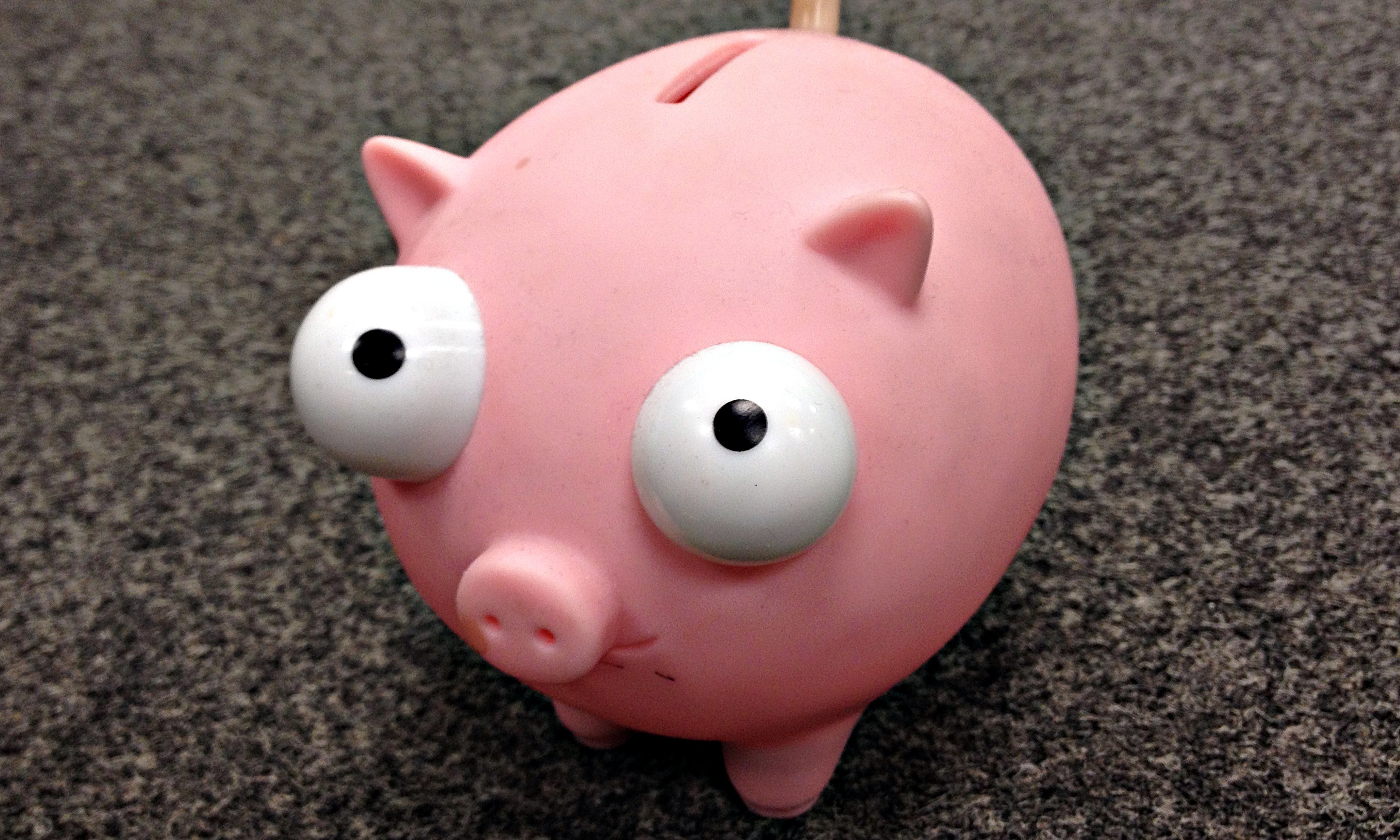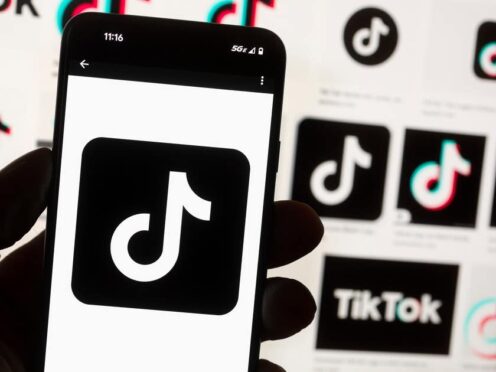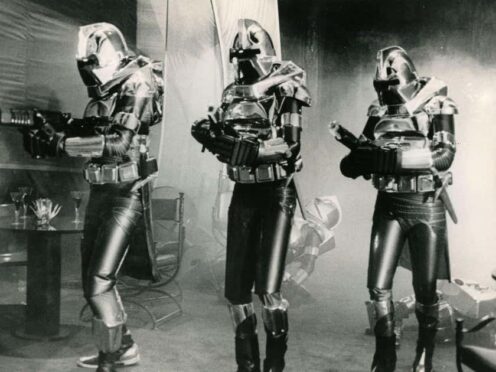One in seven adults still keep cash in a piggy bank – while some are also stashing money in ornaments, empty margarine tubs, teapots or even in the freezer, a survey has found.
Glass jars, bottles and bags are also popular places for Britons to stash cash around their homes, according to research from Virgin Money.
Its findings suggest that piggy bank savers are more likely to be female, aged under 34, and living in London.
While 14% of adults surveyed admitted to still using a piggy bank, 12% had change rattling around in glass jars, 7% used bottles and another 7% stuffed their coins and notes into bags.
A further 16% of people put their money “on the side” when they got home, such as on a mantelpiece or a shelf.
And another 16% of people stated their money was hidden in a place not given as a main option in the survey.
When asked where the money was, the answers ranged from large ornaments to cans, coat pockets, desk drawers, envelopes, wardrobes, dishes, teapots, empty margarine tubs and the freezer.
One in 20 (5%) people used the sock drawer to hide their money, while one in 200 (0.5%) placed it under the mattress.
Men had £53.80 lying around the house on average, while women kept £31.30 in their home typically, the survey of more than 2,000 people found.
The main reasons why people kept money at home were so they could see their cash, so they could use it for everyday spending and because they wanted to be able to access it at all times.
Another clue as to why people were happy to leave money lying around at home was that only around one in four (27%) were happy with the interest they were earning on money they had put away elsewhere.
Nearly one in five (17%) said their money was earning them no interest at all.
On average, people said they would need to earn an average of £120 in extra interest a year to be persuaded to move their money.
Recent research from financial information website Moneyfacts has shown the average Isa pays around 1.29% in interest, a fall from 1.45% a year ago and 2.39% five years ago.
Zack Hocking, savings director at Virgin Money, said: “Piggy banks are a great starting point for children learning the basics of saving money, but there is a clear opportunity for adults to gather their stockpiles together and make their money work harder for them.
“Whether it is under the mattress, in a bottle, or in a sock drawer, that money could be contributing towards their savings goals.”
Here are the percentages of people across the regions who say they still keep money in a piggy bank, according to Virgin Money:
- North East, 17%
- North West, 10%
- Yorkshire and Humber, 11%
- East Midlands, 12%
- West Midlands, 13%
- East of England, 17%
- London, 20%
- South East, 12%
- South West, 12%
- Wales, 16%
- Scotland, 14%
- Northern Ireland, 13%
And here are some of the popular places for keeping cash at home, with the percentage of people who said they kept cash in these places:
- “On the side”, 16%
- Piggy bank, 14%
- Glass jar, 12%
- Large bottle, 7%
- Bags, 7%
- Sock drawer, 5%
- Under the mattress, 0.5%










